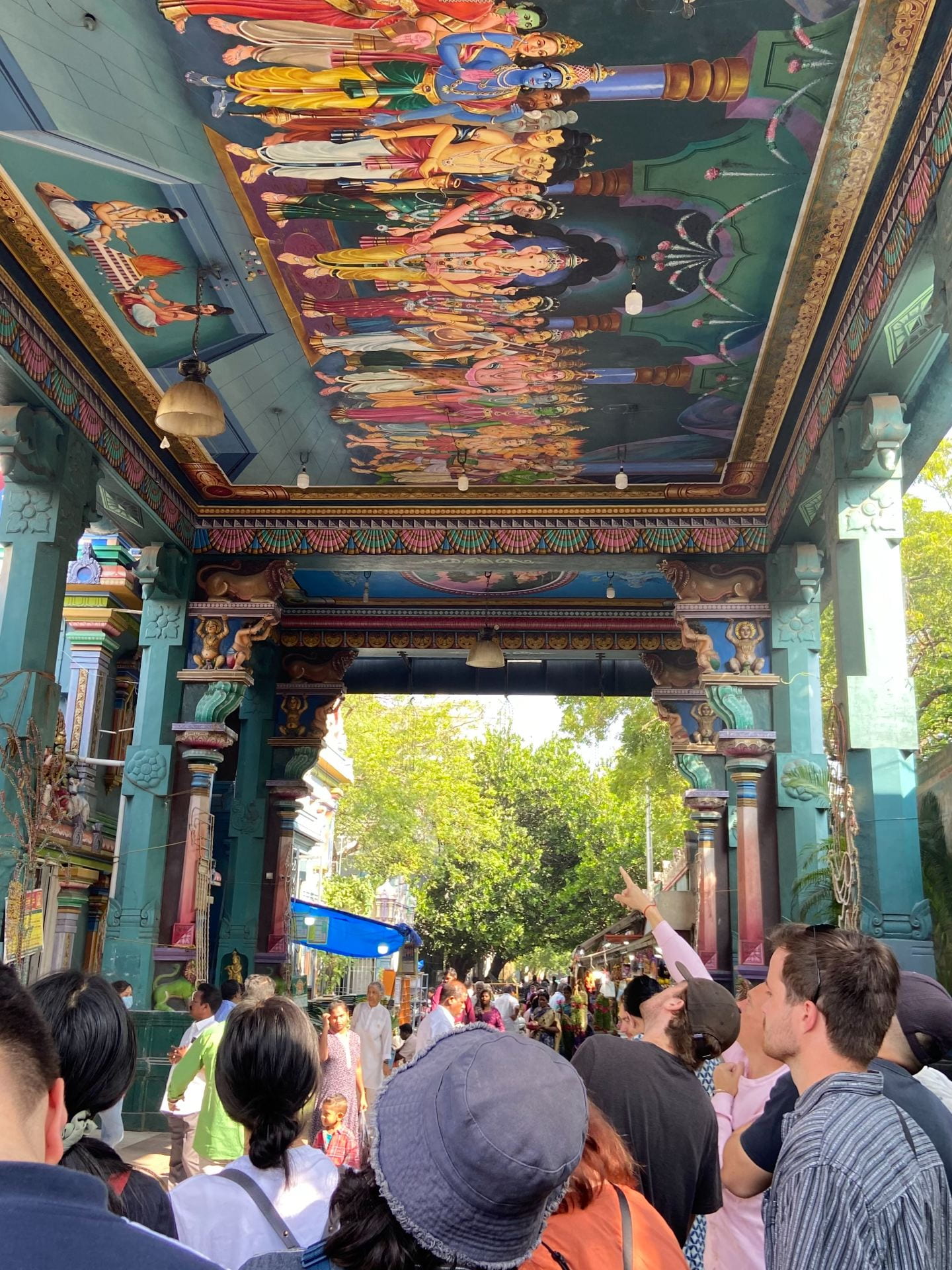It has been one week since I arrived in India with 20 other New Zealand students. We’ve spent the last week exploring Pondicherry and Coimbatore and, as we travel to Mysore, I’ve taken some time to process all that I have seen so far and unpack my first impressions:
1. The chaos
One of the first things that stood out to me was how busy and chaotic India is (especially coming from living in small cities in New Zealand). A group of us chose to use our first night in Pondicherry to become acquainted with the area and went for a walk around the streets near our hotel. I was overwhelmed by how many different smells, sights and sounds there were around us. In particular, the road system was so foreign to me. There was a constant flow of cars, tuk-tuks and mopeds. I was told that when you are trying to cross the road, you just walk and the oncoming traffic will “drive around you”. This seemed like a death wish to me but, somehow, this system just works. Walking through a busy market was another chaotic experience, but these markets had the most colourful flowers, fruits, and other goods.
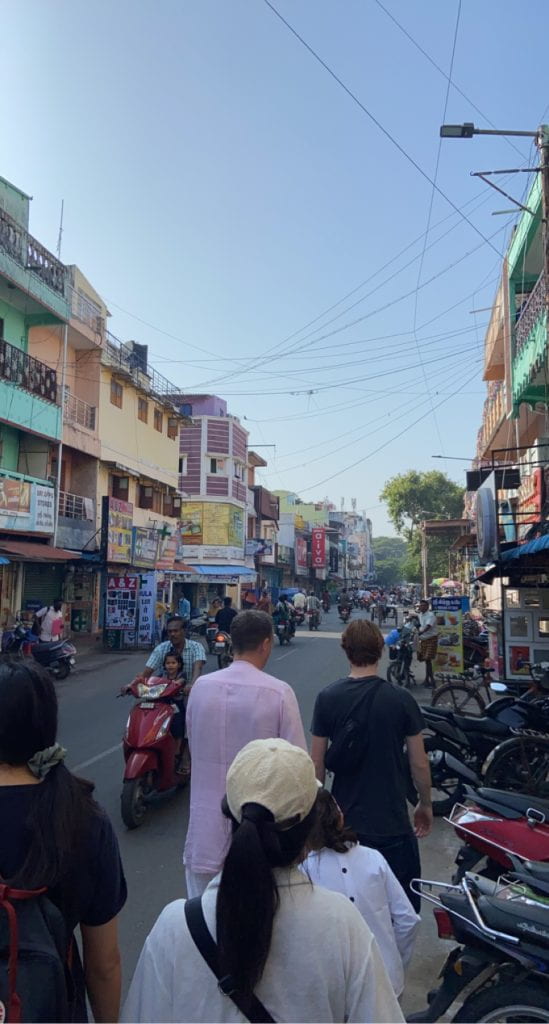
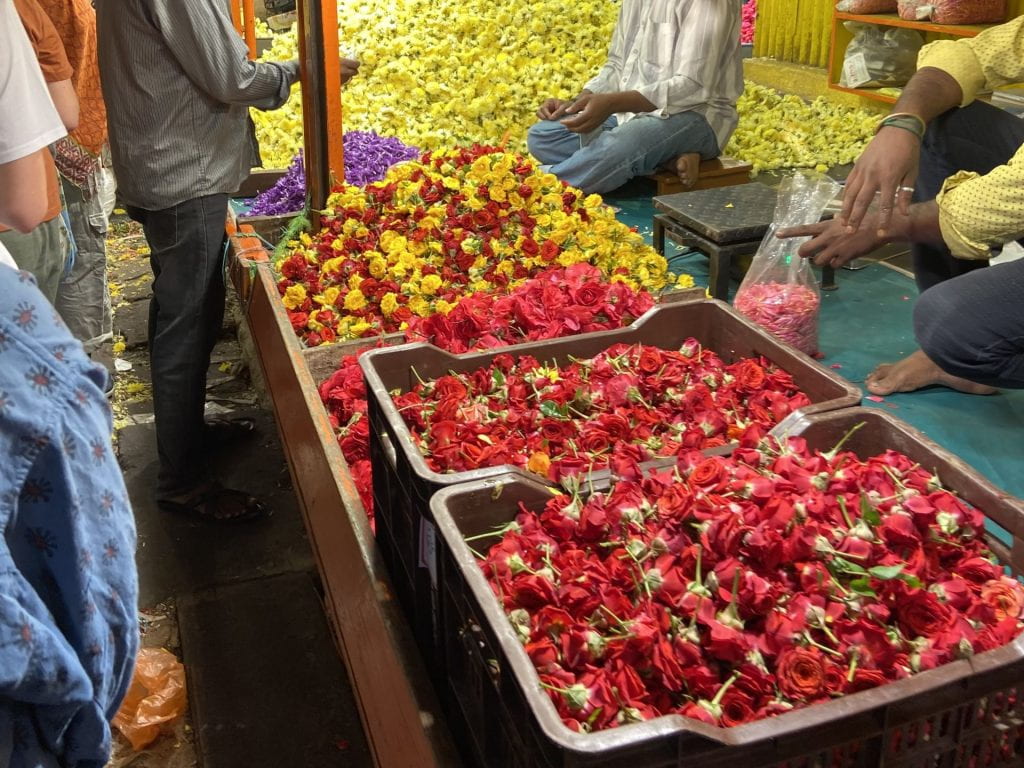
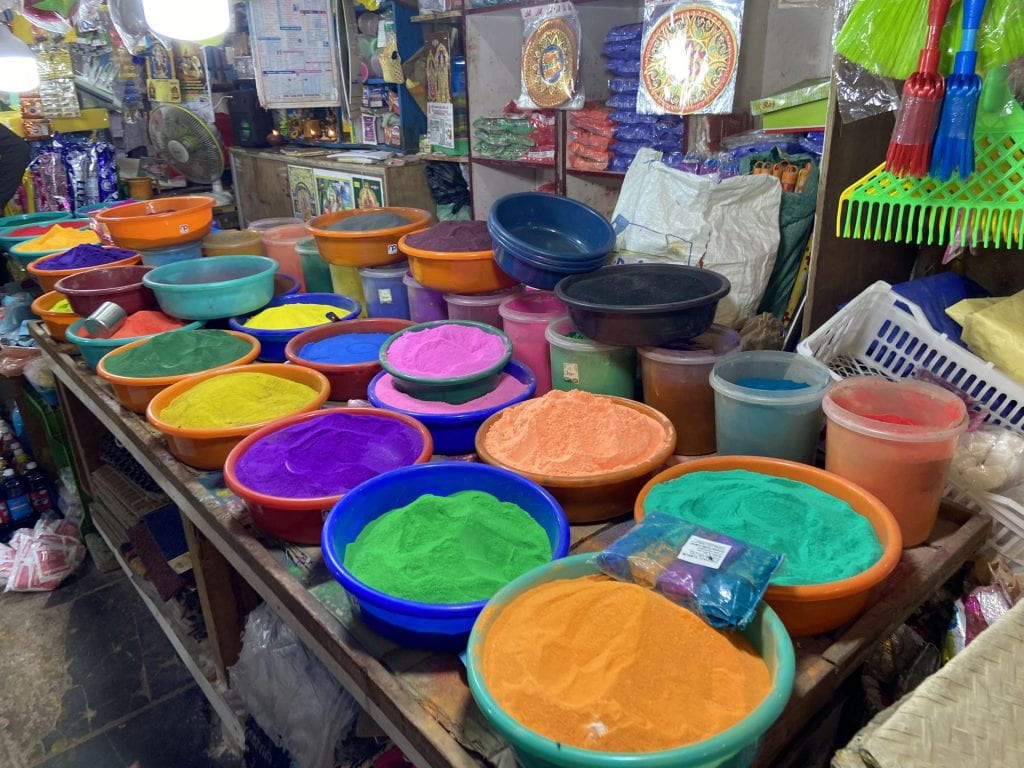
2. The cultural richness
It was immediately obvious what a culturally rich country India is. Traditions and expressions of spirituality permeate the culture. We frequently saw “kolam” outside people’s houses in Pondicherry. This is traditional artwork made with coloured rice flour and, based on Hindu tradition, symbolises auspiciousness. We also saw these this morning as we participated in an Isha Foundation celebration of Pongal, a Hindu harvest festival. At this festival, we were dancing, laughing and cooking pongal with the people there; it was honestly such a good time. There are so many long-held, meaningful traditions here, and we’ve been really lucky to get to observe or experience so many already.
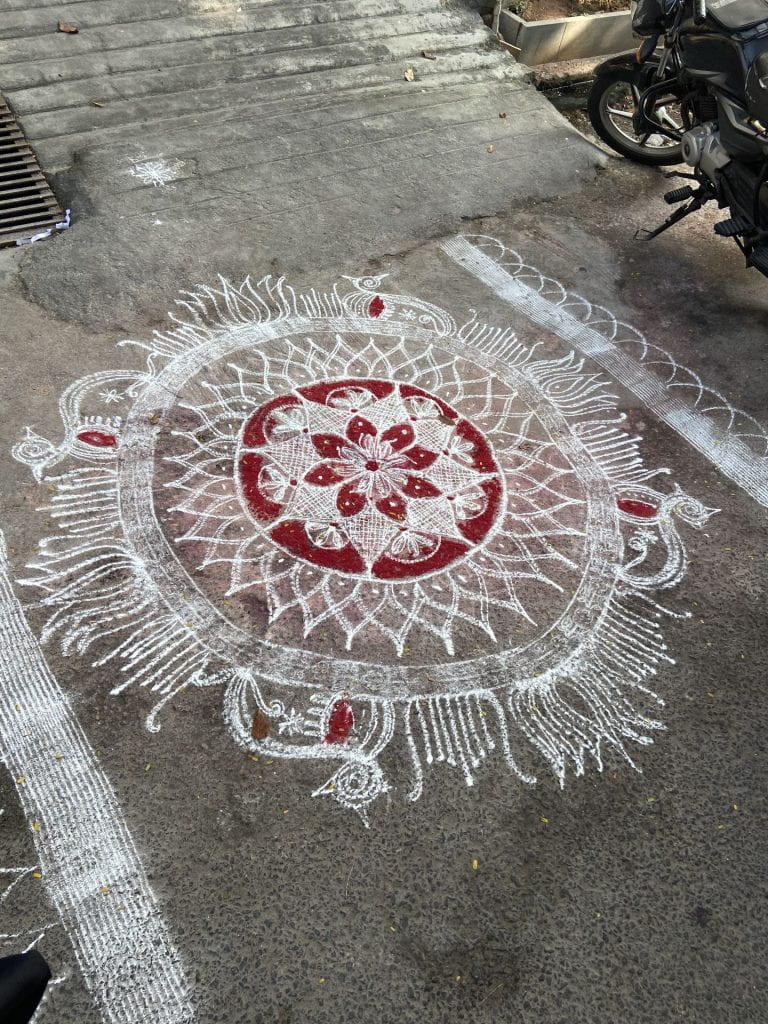
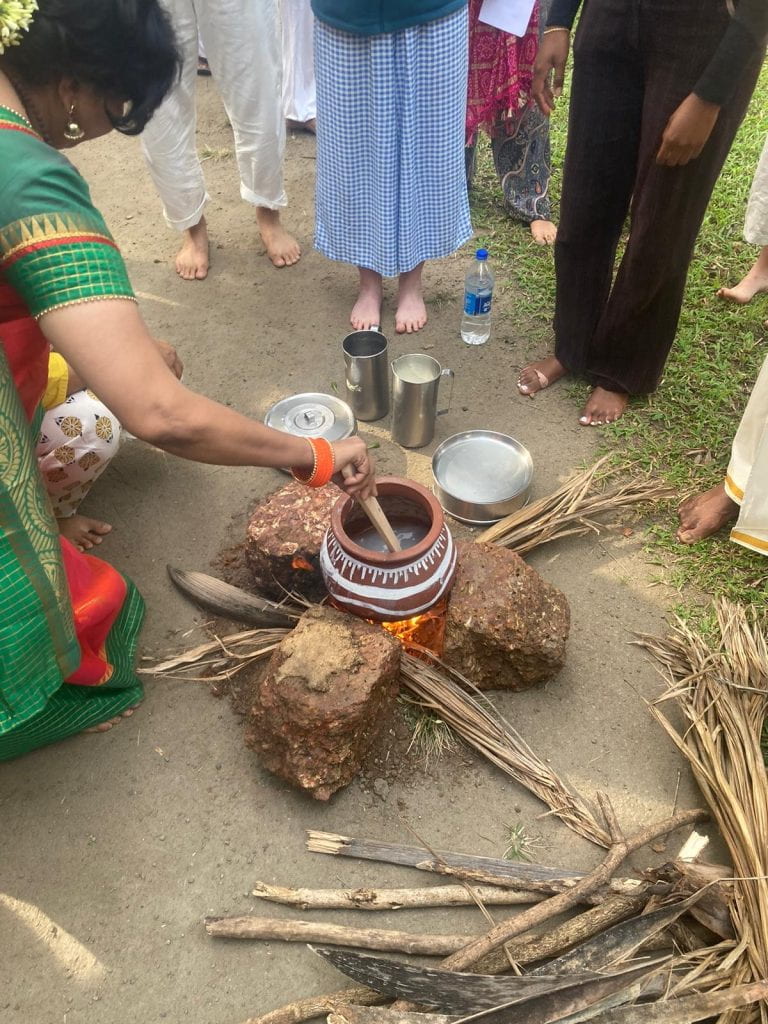
3. Creativity
In such a short time, I have already seen so many creative projects here. We visited Solitude Farm and learnt about how “non-intervention farming” was used to grow local food; we then ate a meal made from that local food. A few days later, we visited a Hidesign factory, where their leather goods are made. Hidesign use environmentally-friendly vegetable tanned leather and reuse their waste material; they showed us how they used the smallest of their material scraps to make zips on their products. It was special to meet the people behind these innovative projects and definitely inspiring.
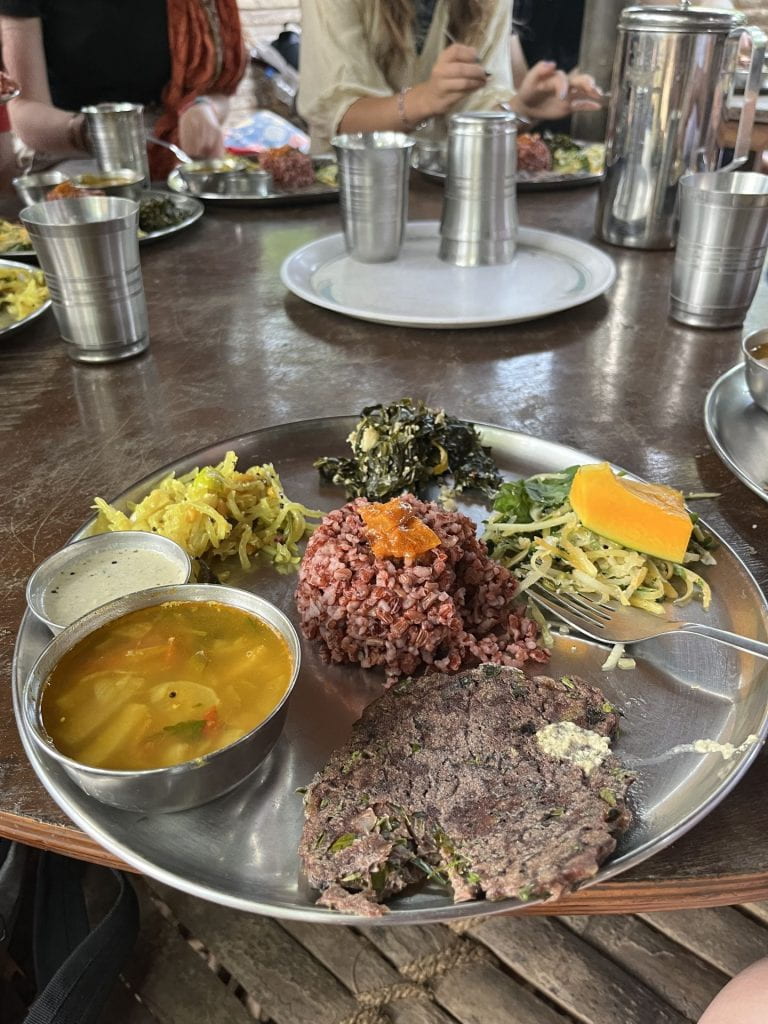
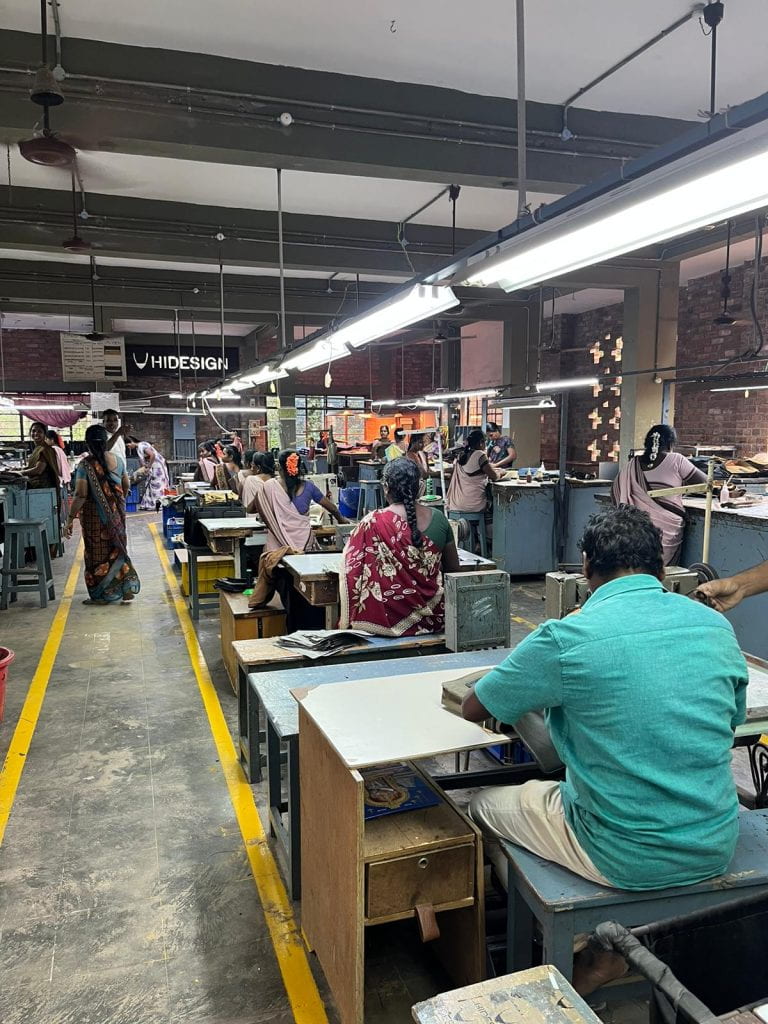
Outside of these impressions, over this week, I have realised that I have so much to learn about India – about the people, the practices, and which foods my Western stomach can handle. I am looking forward to all the people we will meet and all the experiences we will have over the coming weeks.
– Taryn Farr
